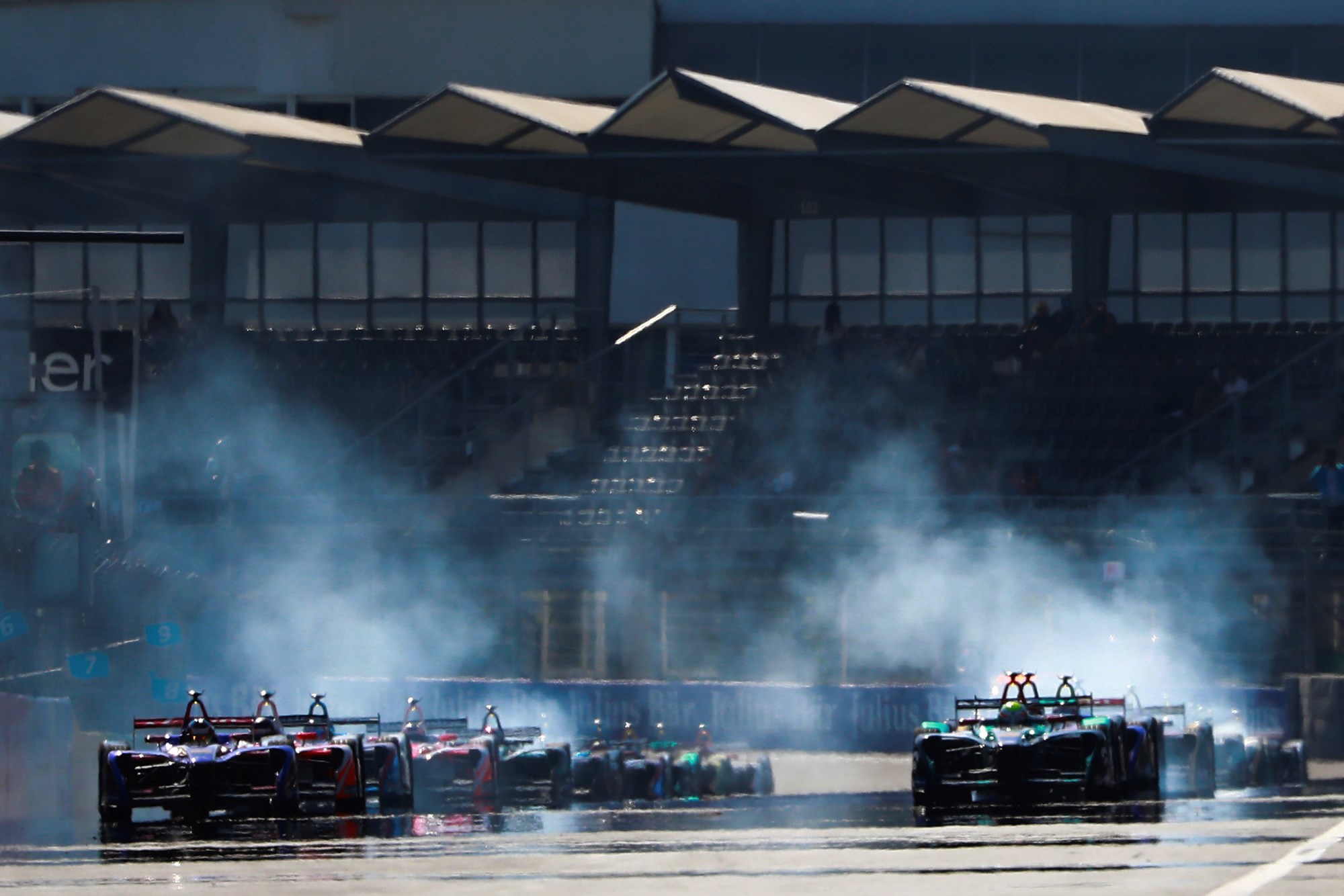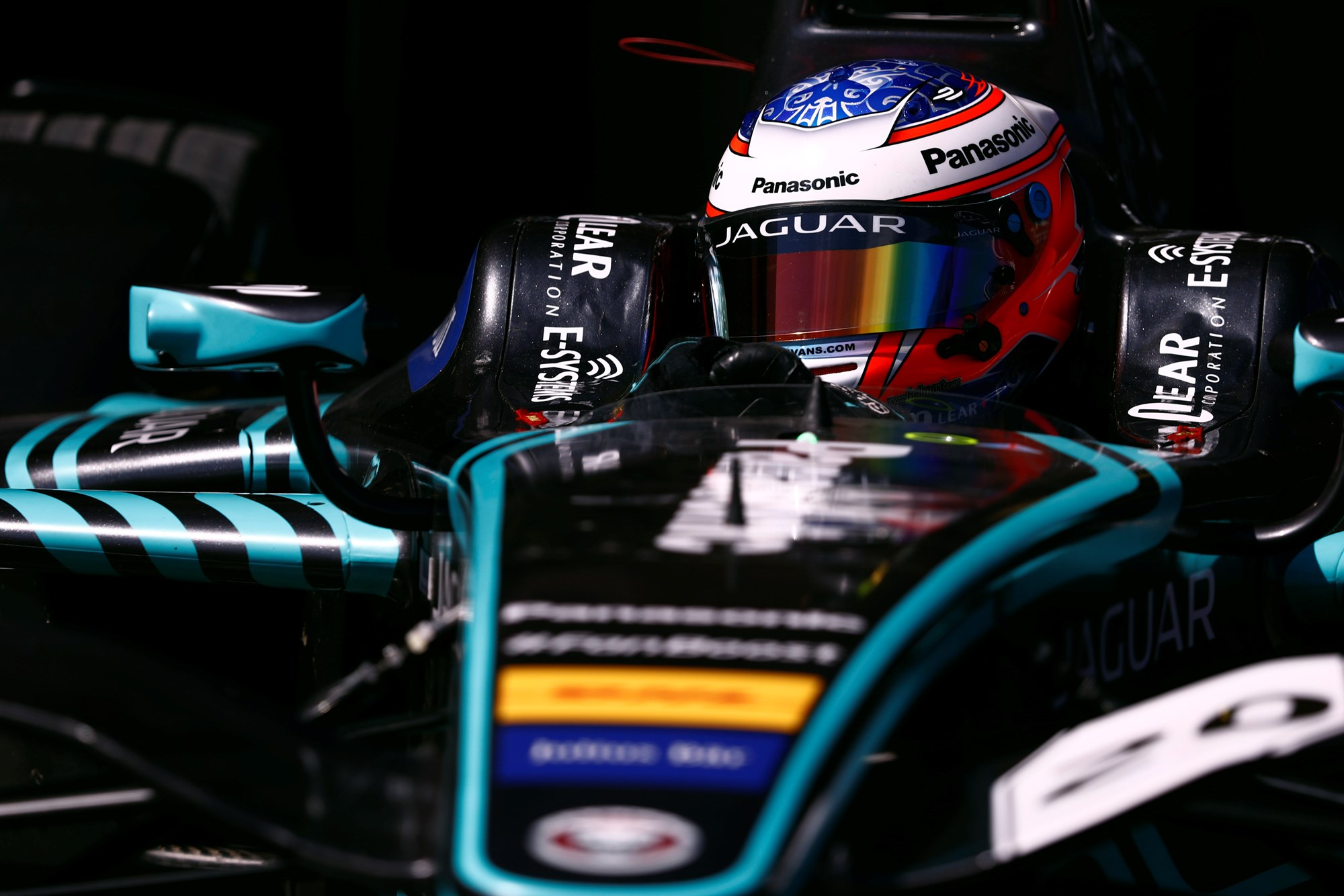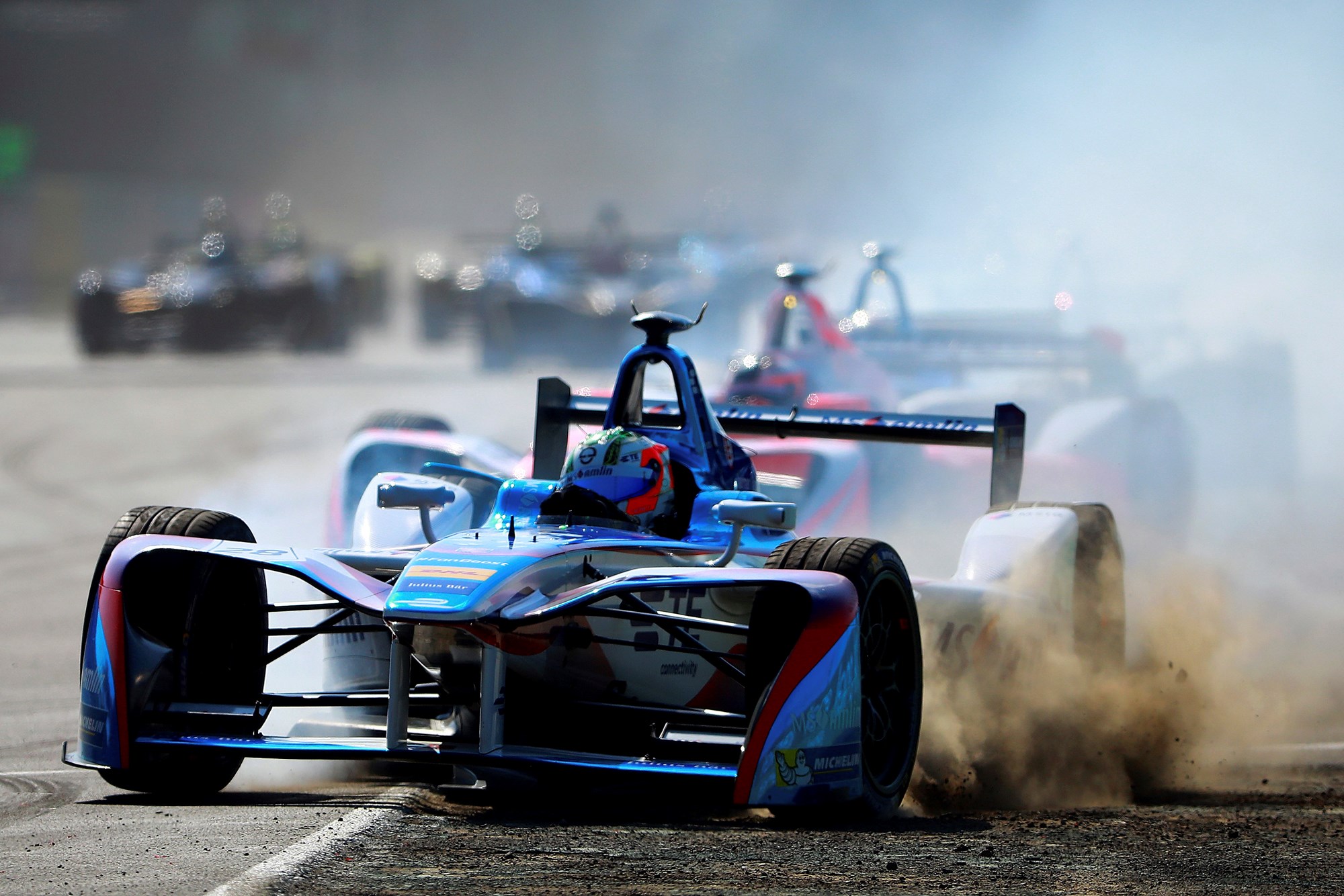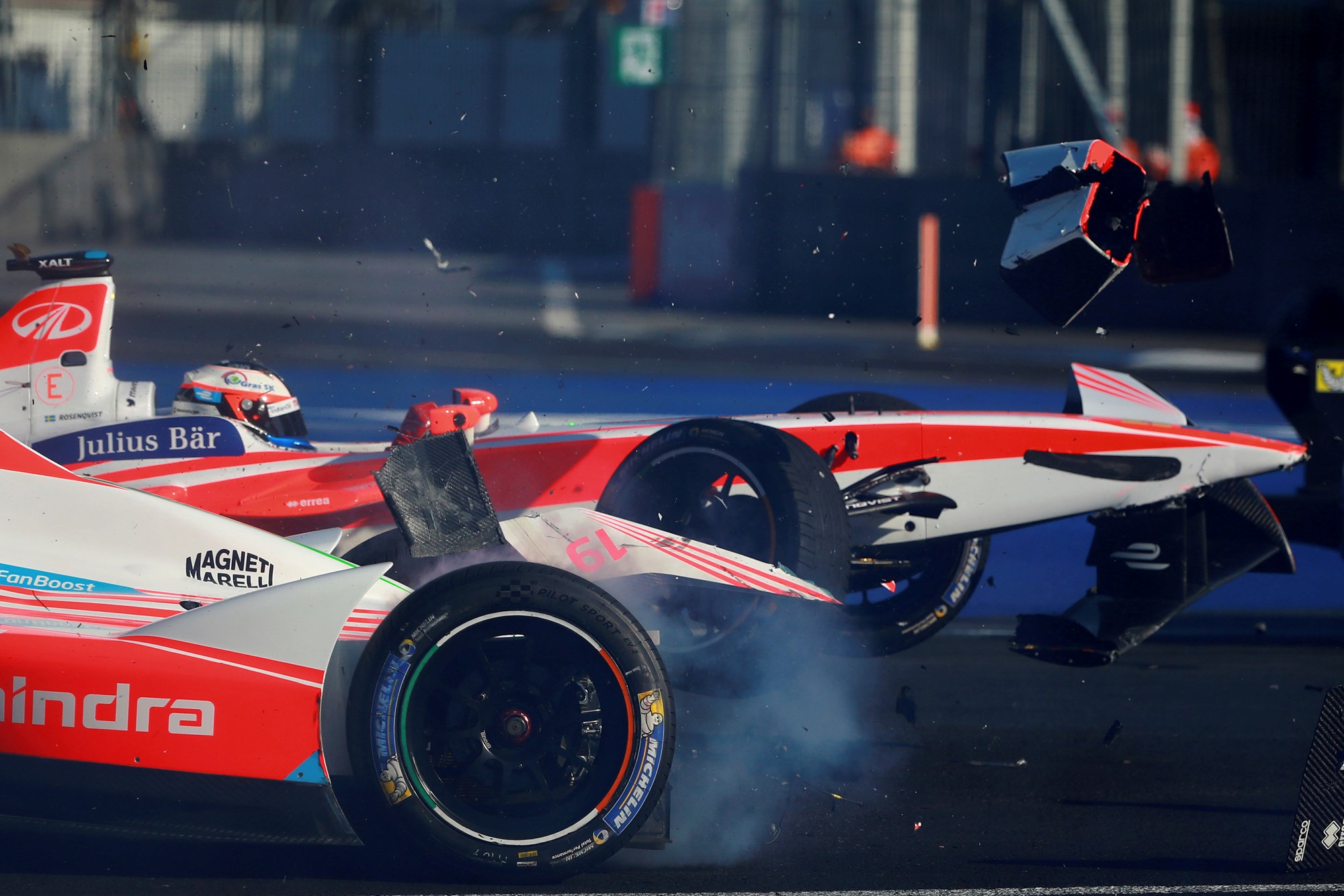The FIA Formula E Series has been with us now for four years, and up to this point I had largely ignored it.
That's not out of being some kind of prude; not at all. It just simply didn't fit into my motorsport intake — dominated mainly by tin-top categories, IndyCar, Nascar, GTs, and the occasional dosage of Formula 1.
But, with New Zealander Mitch Evans joining the category with Jaguar's new factory team for the current season came the onus to have to follow it and cover it where possible. The fact that it's now televised live in Aotearoa was simply a bonus.
I had heard things, both good and bad, about Formula E. “The drivers constantly crash, and the cars are slow and completely boring” though was the dominant vibe through my humble network of motorsport mates.
What I didn't expect was to actually fall in love with it.

Now, before I go any further, I want to just say that none of this has anything to do with the technology. None of it.
That might seem a little strange to say, given that the electric technology is the very reason for Formula E's being. Much like Formula 1 in recent years, Formula E's central ethos has been about technology development for manufacturers and their next-gen production cars. And so far, plenty have signed on, including; Citroen, Renault, Audi, Jaguar, and even the maligned Faraday Future.
But I don't really give a toss about any of that.

Top tier international motorsport in recent years has almost entirely been dominated by the need for categories to balance the needs of manufacturers and the needs of their audience; plus that small insignificant detail called 'profit'. It's an equation that few categories can say that they've championed, with Formula 1 in particularly average shape following their adoption of 1.6-litre turbos.
One could talk in similar tones about how average and soul-destroying Formula E's machines are. They're electric, so there's almost no noise on track. The TV mics placed next to the circuit are ramped up to the extremes just to make the cars noisy, which means every time someone locks a tyre your speakers explode.
Then there's that initial point of how slow these cars are. Truth be told, they're in the ballpark of 15-seconds a lap slower than a previous-gen Formula 1 car around Donington Park. Sit down, close your eyes, and count out 15 seconds. It is an agonizing length of time, especially when we're talking about car racing.
But, I don't give a toss about any of that either.

More than that, I think the very things that make the Formula E machine 'bad' are actually what make them good. And yesterday's screamer of a race was a prime example. It's true that these cars aren't quick and aren't loud. But, that lack of speed is perhaps one of the best things about the series.
The first race of the 2017 Formula 1 calendar delivered in many ways, but it was also totally dull. Barring a brief skirmish after the pit stops, the race lead was never really actively fought over between anyone. One bloke had the lead, he pitted, another bloke took the lead, he pitted, and bloke B rejoined the track in front of bloke A. Job done.
And apart from a somewhat amusing battle for the last two point-scoring spots, that was a constant throughout the field. And a lot of that comes down to the machinery. The amount of aero on today's F1 cars is incredible, and off-season changes made them five seconds a lap more incredible around Albert Park. But, that did nothing to make racing more interesting. It might get better this season, sure. But world poverty might be cured this year too...

Fast forward to the Mexico City ePrix yesterday, and you couldn't possibly get a more different race. Racing was chaotic and unpredictable, the clashes on-track were physical and lingering, and the lead of the race was swapped about four times among the quick guys at the front. Heck, the guy who won came from last place, after losing his rear wing on the first lap.
And much of this is primarily because of the lack of aero and lack of grip the humble Formula E machine. While Formula 1's cars feature enormous tyres, Formula E makes do with 18" treaded Michelins that look like they could've been stolen from a hot hatch in the parking lot.
Coupled with the lack of downforce (since these cars are so slow they hardly generate any of it), and you've got a grid of race cars that slip and slide from corner to corner like ... well ... like Formula 1 and IndyCar machines of old. You know, the cars people get all nostalgic over today ...

No, they might not rev to above 10,000rpm, nor do they have hundreds of years of history in their wake, or the absolute biggest drivers in the business.
But, they're bloody entertaining in all the right ways. And that should be the king maker.




